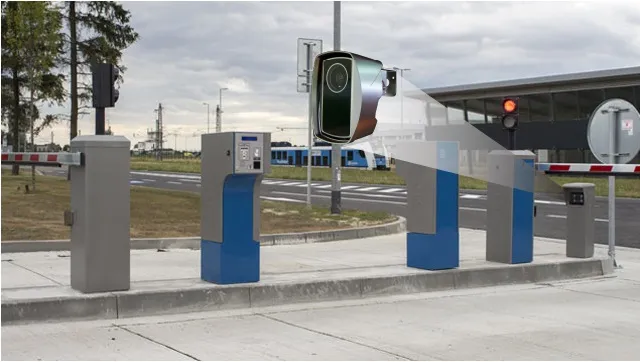Jenoptik Traffic Solutions is to supply the Austrian Freeway and Motorway Finance Corporation (ASFINAG) with its TraffiSection section speed control systems to improve traffic safety in Austria and regulate traffic jam situations, in particular in critical areas such as construction zones or tunnels.
The company recently concluded new framework agreement ASFINAG for a five-year period, and includes mobile and stationary TraffiSection systems.
Jenoptik’s laser scanner-based TraffiSection systems measur
October 19, 2015
Read time: 2 mins
The company recently concluded new framework agreement ASFINAG for a five-year period, and includes mobile and stationary TraffiSection systems.
Jenoptik’s laser scanner-based TraffiSection systems measure average speeds over an extended stretch of highway using measuring systems and cameras at the entry and exit points. Each vehicle is registered at each control point and identified by its license plates.
If a vehicle’s average speed over the section of highway exceeds the maximum permitted speed, a conventional high-resolution frontal photograph is taken with driver recognition when the vehicle exits the section of the highway. The system automatically records data such as the license plate and a photograph of the driver for use in prosecuting the violation.
Jenoptik president and CEO Michael Mertin says, “We are pleased to announce our continued cooperation with ASFINAG. Thanks to our experience and technical competence, especially in the area of section speed control, in the future we can continue to work with ASFINAG to help improve traffic safety in Austria.”










